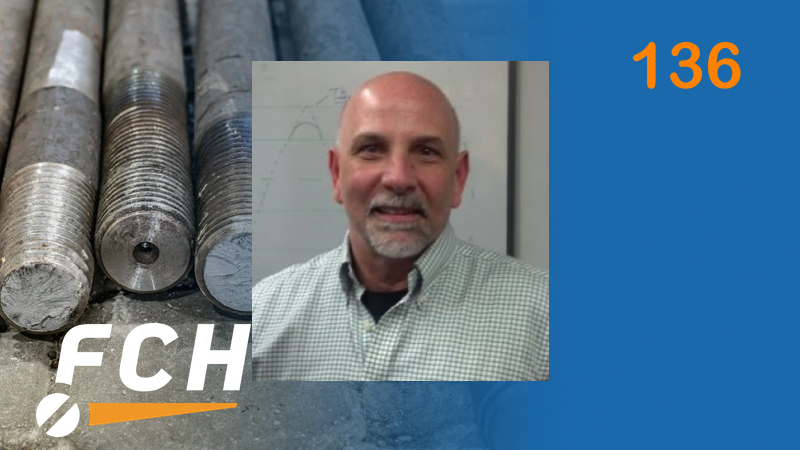What caused the failure of the structural bolts on the Mario Cuomo bridge?
This edition of the Fastener Training Minute with Carmen Vertullo was originally published January 17, 2019, as “Another bridge bolt problem” during episode 136 of Fully Threaded Radio.
I recently received some information regarding another Bridge bolt problem, this time in New York City on the Mario Cuomo bridge. It’s not the same kind of situation exactly that we had on the Bay Bridge in San Francisco, but it does present a good opportunity for helping us as bolt suppliers to better understand how structural bolting works, and some of the things that we need to be concerned about.
Now the issue with Mario Cuomo bridge has to do with some a490 structural bolts. About a million of them that were used to assemble this bridge, but a small number of that million described as a few dozen, maybe 60, broke during the installation or sometime shortly after. Now the problem isn’t so much that we have some broken bolts, it’s that there apparently was a cover-up. Now, I’m not here to speak about the cover-up, I’m here to speak about some of the technical aspects of why these bolts may have broken and why certain questions apparently were not asked during the reporting. The questions may have been asked during the investigation, but not during the reporting.
Well, how do structural bolts work, and what are the some of the things that we should and should not be doing when we use them. Well, the first thing to ask if we had some bolts that were breaking during installation, is what exactly was the installation procedure. Was there a pre-installation verification test that insured before they took the bolts up into the steel, that they were able to achieve the proper tension without breaking down. That’s typically done with a pre-installation verification test using a small instrument called a Skidmore-Wilhelm calibrator. We don’t know if that was done or not. Probably the next question to ask is was anything done to the bolts that may have affected their ability to achieve tension, or possibly caused them to have more tension than they should have had with the correct installation procedure. The main thing that could affect that is the coating.
Anecdotal information thus far indicates that these bolts had a coating on them, probably a dip spin aluminum zinc-rich coating, Geomet or Docromet, or Magni, or something like that. However, some other information indicates that some of these bolts may have been hot dip galvanized. That’s one of the reasons why hydrogen embrittlement was raised as an issue. Now, we should never hot dip galvanized a490 structural bolts. So one of our questions is of course: were some of these bolts hot dip galvanized or not. If they were hot dip galvanized, that brings up two more issues: was a rotational capacity test performed on them to ensure that they could be properly tightened and not necessarily over tightened or broken during installation? and number two, were they able to achieve the proper tension with the installation procedure that was prescribed?.
So these are questions that we need to answer. If we look at some of the photographs, it’s kind of hard to tell whether or not the bolts are coated with a dip spin coating or a hot dip galvanized coating. However, we can tell simply by holding them whether or not they have been hot dip galvanized or dip spin coated. If it has been dip spin coated, you can pretty much scrape it off with a penknife, hot dip galvanized not so much. So that would be a big question to ask and if it turns out some of the bolts were hot dip galvanized, which ones and how many. The reporting indicates that even though they do have some of the broken bolts, most of the broken bolts ended up in the bottom of the river. So maybe we ought of maybe dredge that river with a magnet to pick some of those up. I doubt they would send any divers down there to get them but they probably could retrieve some, and then secondly we could simply inspect the bridge.
Now according to the report, the bridge has been inspected, and the bolts have been tested by multiple entities. No serious irregularities were found. I happen to believe based on the information I’ve seen so far the bridge is perfectly safe. For lack of better words, this is more of a scandalous corruption issue than it is a technical issue. In the meanwhile though as more information comes to light, we should re-visit this and find out what else we can learn about how these bolts were installed how they were coated, and whether or not the investigation that determined that they were safe was properly done. As that information comes to light, we will return to it in another fully threaded radio segment and let you know what we find out.
Well, I hope you all learned a few things about structural bolting.




![[GC2610] Solution_FCH Banner_[220x100] copy](https://news.fastenersclearinghouse.com/wp-content/uploads/2025/09/banner_solutionind.jpg)

